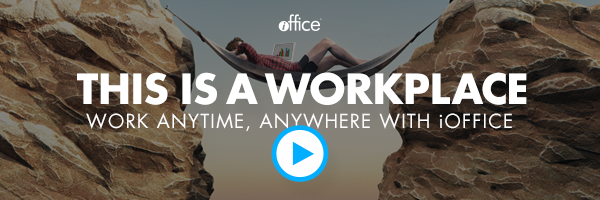5 Reasons You Should Adopt Technology That Supports Mobility


With living costs and commuting times at an all time high, more and more workers are retreating into cyberspace. For businesses to continue to thrive, they must adapt to the needs of workers and embrace remote working. We take a look at five reasons why you should adopt technology that supports mobility.
 1. No More Commuting
1. No More Commuting
If one thing is for certain it’s that commuting times will only get longer. However, developing alongside this unwelcome inevitability are various technologies that enable us to deftly step aside. Cloud storage services such as Google Drive allow multiple users in different locations to work on the same document, while many software packages such as TeamViewer enable employers and workers to access each other’s computers remotely. Transitioning to telecommuting cuts costs, saves travel time and eliminates any excuses for poor punctuality. It also gives employers access to workers from all over the world and not just the catchment area of an office block, attracting more talent and cultivating a workforce of greater diversity.
2. Go Paperless
Take the paper out of paperwork and maximise productivity. Communications platforms such as Okappy allow users anywhere where there is a wireless connection to manage jobs, raise invoices and generate reports without taking their eyes off a screen. If unreliable printers and empty toner cartridges are slowing you down then the solution is simple: loose the hardware and invest in some software.
3. Communicate in Real Time
Sure, email and telephones have been around for a long time, but these are just two examples of technologies that allow users to communicate both instantly and remotely. Software applications offering Instant Messaging will typically display who is online as well as when a person has received or read a message. Many Instant Messaging services such as Slack also allow conversations to be organised into searchable channels so that users can easily keep track of multiple conversations at once. While telephones have provided reliable voice communication for many decades, applications that offer video calling such as Skype go one step further, combining voice with video and changing the course of conferencing and interviews forever.
4. Flexible Working Hours
Unlike physical offices, virtual and cloud office spaces such as Microsoft Office 365 are available 24 hours a day, 365 day a year. Not only does this mean that workers can be reached round the clock, but—more importantly—employers and employees alike may enjoy far more flexibility in their working hours. Some people simply aren’t suited to the nine-to-five day, while for many working parents such a routine isn’t possible. Offering flexibility in working hours means that every potential worker’s daily routine is accounted for, encouraging a healthy work-life balance that is tailored to each individual. Given that over 80% of primary parents following separation are mothers, flexible working hours will also greatly improve gender equality in the workplace and help to reduce the gender pay gap.
 5. Your Employees Already Have
5. Your Employees Already Have
Some like a laptop, while others would rather pull up their next document on a tablet. These days, it’s not uncommon to hear of people working on their phones. So long they get the job done, what does it matter? If cloud storage services such as Google Drive and communications platforms such as Okappy can support cross-platform compatibility then so should you.
Workers are most useful at their happiest and with a healthy work-life balance. Don’t be the last to realise that for many organisations remote working is the future.
